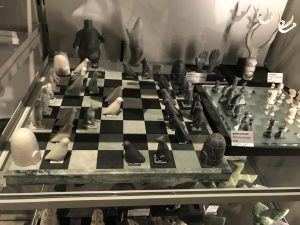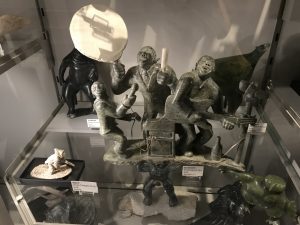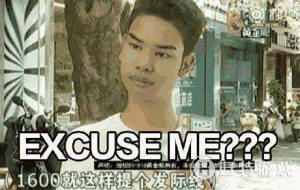Saudi Arabia changed the official version of the death of Washington post journalist Jamal Khashoggi several times. After weeks of denial, Saudi finally admitted that Khashoggi dead inside their consulate in Turkey. The cover-up of the truth aroused public indignation that people are angry, including Hasan Minhaj who’s the host of the television show Patriot Act. By telling the murder case of Jamal Khashoggi, Minhaj analyzed the role of Saudi Crown Prince Muhammad bin Salman. He joked that “this is the most unbelievable story since Blake Shelton won sexiest man alive”, which clearly showed his attitudes towards the cover-up story that it’s incredible and absurd to protect MBS by covering up the truth. Thus, I believe MBS played a really significant role in the main cause of the murder and the subsequent incidents.
Minhaj engaged with several common tropes about Islam. First of all, when talking about Saudi Arabia and 9/11, Minhaj uses the trope that “they didn’t write the song, but they have got the group together” to show the extremism of Saudi. Muslims are commonly described as extremists, while Minhaj mentioned that “Saudi Arabia is only 2% of the entire Muslims population”. Consequently, I would call it “overgeneralization” that people judge the whole Islam with a one-sided stereotype. “whenever Saudi does something wrong, Muslims around the world have to live with the consequences”, said by Minhaj.
Secondly, the U.S still use the offensive word “negro blood” on the official military document to describe Saudi Arabian which was a direct and powerful way to show the common trope about Islam. Muslims are still discriminated by countries like America.
Moreover, Muslims usually give the world an impression of sexism which is a cliché stereotype. Sexual discrimination can be told through the rap video that women can finally legally driving cars. In the rap video, the woman happily sang the rap as the end of the female driving ban, “she sits in the car, she sits on the car, she stands in the sunroof, she does everything but drives that car”, ridiculed by Minhaj. This is a trope about gender issues exist in Islam.
The whole show hosted by Hasan Minhaj had a humorous atmosphere. It is definitely an effective way to respond to these ironic tropes by using comedies which turns Islam topics more attractive. The topics of Islam are supposed to be sensitive that people are unwilling to talk about them. By telling the common tropes of Islam in a humorous way, Minhaj raises the public awareness of common tropes of Islam in Saudi Arabia. The most amazing thing about Minhaj’s show is that he told a serious problem in an entertaining way.





 (meme of Mr.Wu)
(meme of Mr.Wu)